1) In what ways does the media product use, develop or challenge forms and conventions of real media products?
This year we felt that we felt more familiar and comfortable with the idea that we had to focus on certain technical areas whilst shooting our film, specifically when it came to continuity. As this years film was for a longer duration and took a lot longer to shoot, it often became difficult to ensure our film was continuous. For example when one of the characters changed their hair colour, we had to ensure that all our shots were filmed successfully before this could be done. This became a problem at one point when we realised afterwards that we had not completed a shot. We overcame this issue by the character wearing a hooded coat. This was successful in ensuring our film was continuous. Before beginning our practical work we had extra 'training' on continuity and also learnt about eliptical editing, and applied our new skills to a short video. This was a great way to refresh our memories on editing and certain filming principles, such as match on action and the 180 degree rule.
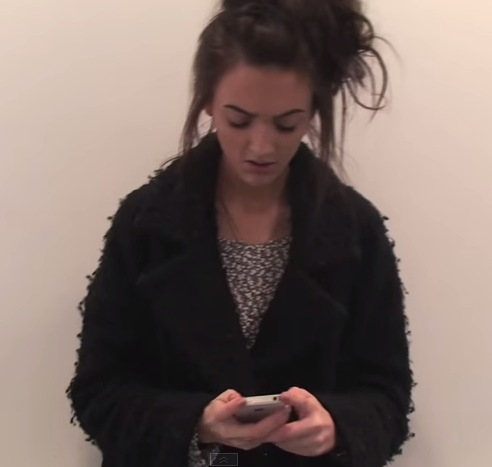
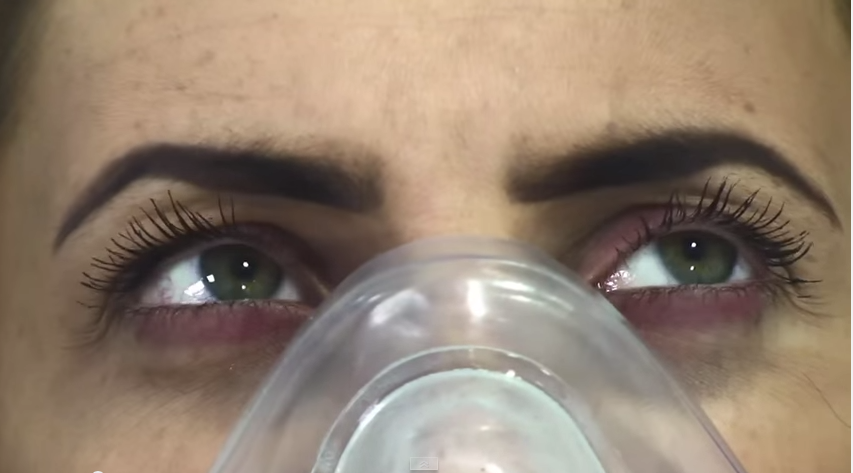 Our film both supports and subverts the media conventions of a melodrama. We stuck to key themes of the genre we wanted our film to be so our audience were familiar with what to expect from the film in the first couple of minutes. We did this in the title sequence by showing vague flashes of clips from a hospital related scene accompanied with sad piano music, to indicate the conventions of the film from the beginning whilst keeping the audience intruigued by not giving away too much of the storyline. Levi Strauss' theory of binary opposites was represented in our film throughout, with conflicting moments of happiness/sadness to keep our audience entertained and 'on edge'. We also ensured that our teenagers were stereotypical as it had to be ensured that our audience would empathise with the tragedy of our characters, and to do this we had to make sure our audience was constantly familiar with the youth of the characters. We made sure they appeared as teenagers by using slang terms, wearing fashionable clothing and constant use of mobile phones.
Our film both supports and subverts the media conventions of a melodrama. We stuck to key themes of the genre we wanted our film to be so our audience were familiar with what to expect from the film in the first couple of minutes. We did this in the title sequence by showing vague flashes of clips from a hospital related scene accompanied with sad piano music, to indicate the conventions of the film from the beginning whilst keeping the audience intruigued by not giving away too much of the storyline. Levi Strauss' theory of binary opposites was represented in our film throughout, with conflicting moments of happiness/sadness to keep our audience entertained and 'on edge'. We also ensured that our teenagers were stereotypical as it had to be ensured that our audience would empathise with the tragedy of our characters, and to do this we had to make sure our audience was constantly familiar with the youth of the characters. We made sure they appeared as teenagers by using slang terms, wearing fashionable clothing and constant use of mobile phones.
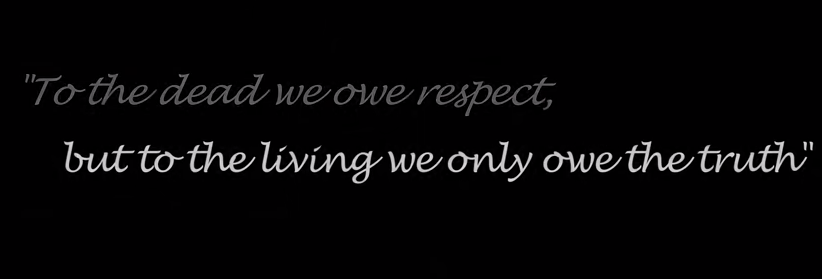 However, there were moments in our film that went beyond the expectations of the conventions of a melodrama. In drama related films, there is usually a sense of resolution and satisfaction at the end. Our film ends on a total cliffhanger, meaning the audience would have to come to their own conclusions on how the characters handled their new found circumstances.
However, there were moments in our film that went beyond the expectations of the conventions of a melodrama. In drama related films, there is usually a sense of resolution and satisfaction at the end. Our film ends on a total cliffhanger, meaning the audience would have to come to their own conclusions on how the characters handled their new found circumstances.
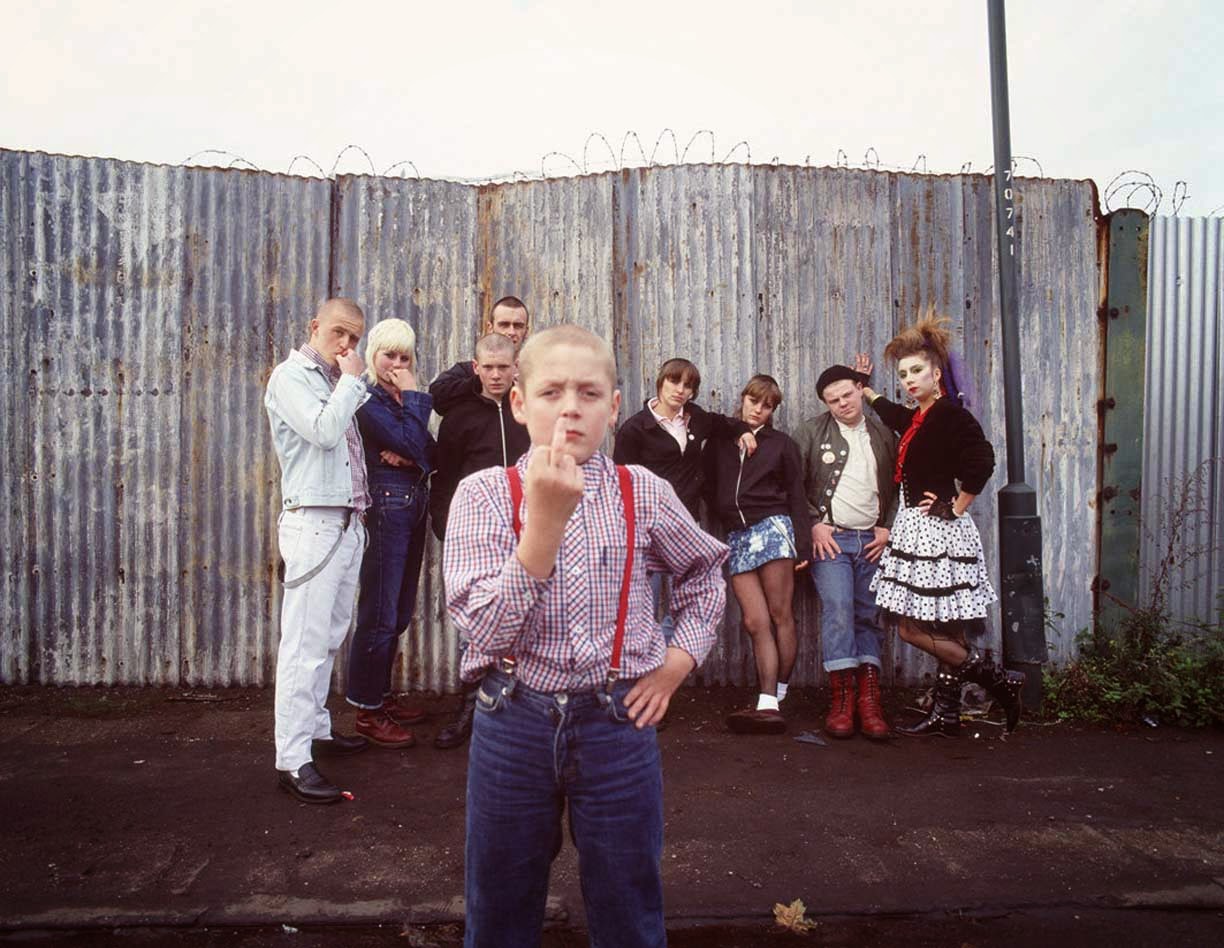 We did not add 'parody' to the film deliberately, however we could say we used elements of pastiche in our film with the narrative being displayed from a deceased persons perspective - An idea which is similarly portrayed in the film Lovely Bones. However this general idea spiraled into our own imaginative and creative plot ideas - ones we developed ourselves to create a completely original and distinctive piece of film. We also wanted to give it a 'Northern' and 'Local' feel to it similar to the one portrayed in This Is England, so we kept our accents and recorded our film in scenes nearby where we live.
We did not add 'parody' to the film deliberately, however we could say we used elements of pastiche in our film with the narrative being displayed from a deceased persons perspective - An idea which is similarly portrayed in the film Lovely Bones. However this general idea spiraled into our own imaginative and creative plot ideas - ones we developed ourselves to create a completely original and distinctive piece of film. We also wanted to give it a 'Northern' and 'Local' feel to it similar to the one portrayed in This Is England, so we kept our accents and recorded our film in scenes nearby where we live.
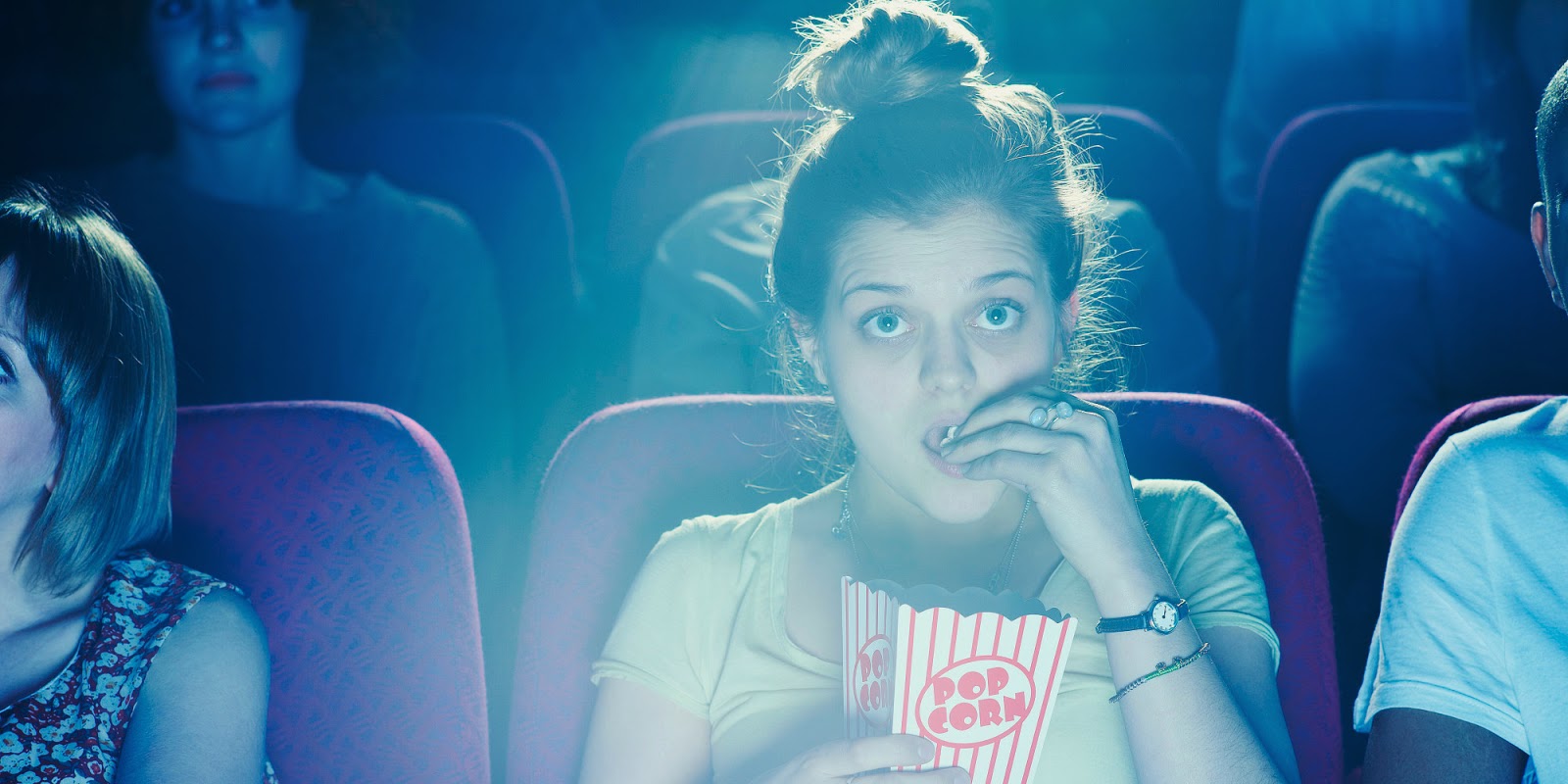 We wanted to be successful in ensuring that our audience were not sure of Lola's death until the climax of the film. However, we placed subtle hints throughout the film to give them that idea, so they were intrigued to see if their ideas of the film were right or not. Hints include Lola's parents being unresponsive, unanswered phone calls, etc. We were only sure that we were successful on this after hearing feedback of others. All though many people started to question whether she was still alive, nobody was sure until the very end. This helped us recognize that we had achieved delivering suspense to our audience which was something we were determined to do from the start.
We wanted to be successful in ensuring that our audience were not sure of Lola's death until the climax of the film. However, we placed subtle hints throughout the film to give them that idea, so they were intrigued to see if their ideas of the film were right or not. Hints include Lola's parents being unresponsive, unanswered phone calls, etc. We were only sure that we were successful on this after hearing feedback of others. All though many people started to question whether she was still alive, nobody was sure until the very end. This helped us recognize that we had achieved delivering suspense to our audience which was something we were determined to do from the start.
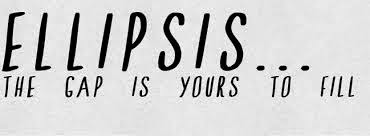 We also left the film on a cliff hanger to give the audience a chance to reflect themselves on the film and what they thought would happen. This way they get to decide their own ending to the film, whether that be a positive or negative one. This also allowed us to see whether we had left people eager to see more, so we knew that if they wanted to know the real ending, they had been entertained by the film from start to finish.
We also left the film on a cliff hanger to give the audience a chance to reflect themselves on the film and what they thought would happen. This way they get to decide their own ending to the film, whether that be a positive or negative one. This also allowed us to see whether we had left people eager to see more, so we knew that if they wanted to know the real ending, they had been entertained by the film from start to finish.

 Our film both supports and subverts the media conventions of a melodrama. We stuck to key themes of the genre we wanted our film to be so our audience were familiar with what to expect from the film in the first couple of minutes. We did this in the title sequence by showing vague flashes of clips from a hospital related scene accompanied with sad piano music, to indicate the conventions of the film from the beginning whilst keeping the audience intruigued by not giving away too much of the storyline. Levi Strauss' theory of binary opposites was represented in our film throughout, with conflicting moments of happiness/sadness to keep our audience entertained and 'on edge'. We also ensured that our teenagers were stereotypical as it had to be ensured that our audience would empathise with the tragedy of our characters, and to do this we had to make sure our audience was constantly familiar with the youth of the characters. We made sure they appeared as teenagers by using slang terms, wearing fashionable clothing and constant use of mobile phones.
Our film both supports and subverts the media conventions of a melodrama. We stuck to key themes of the genre we wanted our film to be so our audience were familiar with what to expect from the film in the first couple of minutes. We did this in the title sequence by showing vague flashes of clips from a hospital related scene accompanied with sad piano music, to indicate the conventions of the film from the beginning whilst keeping the audience intruigued by not giving away too much of the storyline. Levi Strauss' theory of binary opposites was represented in our film throughout, with conflicting moments of happiness/sadness to keep our audience entertained and 'on edge'. We also ensured that our teenagers were stereotypical as it had to be ensured that our audience would empathise with the tragedy of our characters, and to do this we had to make sure our audience was constantly familiar with the youth of the characters. We made sure they appeared as teenagers by using slang terms, wearing fashionable clothing and constant use of mobile phones.  However, there were moments in our film that went beyond the expectations of the conventions of a melodrama. In drama related films, there is usually a sense of resolution and satisfaction at the end. Our film ends on a total cliffhanger, meaning the audience would have to come to their own conclusions on how the characters handled their new found circumstances.
However, there were moments in our film that went beyond the expectations of the conventions of a melodrama. In drama related films, there is usually a sense of resolution and satisfaction at the end. Our film ends on a total cliffhanger, meaning the audience would have to come to their own conclusions on how the characters handled their new found circumstances.  We did not add 'parody' to the film deliberately, however we could say we used elements of pastiche in our film with the narrative being displayed from a deceased persons perspective - An idea which is similarly portrayed in the film Lovely Bones. However this general idea spiraled into our own imaginative and creative plot ideas - ones we developed ourselves to create a completely original and distinctive piece of film. We also wanted to give it a 'Northern' and 'Local' feel to it similar to the one portrayed in This Is England, so we kept our accents and recorded our film in scenes nearby where we live.
We did not add 'parody' to the film deliberately, however we could say we used elements of pastiche in our film with the narrative being displayed from a deceased persons perspective - An idea which is similarly portrayed in the film Lovely Bones. However this general idea spiraled into our own imaginative and creative plot ideas - ones we developed ourselves to create a completely original and distinctive piece of film. We also wanted to give it a 'Northern' and 'Local' feel to it similar to the one portrayed in This Is England, so we kept our accents and recorded our film in scenes nearby where we live.  We wanted to be successful in ensuring that our audience were not sure of Lola's death until the climax of the film. However, we placed subtle hints throughout the film to give them that idea, so they were intrigued to see if their ideas of the film were right or not. Hints include Lola's parents being unresponsive, unanswered phone calls, etc. We were only sure that we were successful on this after hearing feedback of others. All though many people started to question whether she was still alive, nobody was sure until the very end. This helped us recognize that we had achieved delivering suspense to our audience which was something we were determined to do from the start.
We wanted to be successful in ensuring that our audience were not sure of Lola's death until the climax of the film. However, we placed subtle hints throughout the film to give them that idea, so they were intrigued to see if their ideas of the film were right or not. Hints include Lola's parents being unresponsive, unanswered phone calls, etc. We were only sure that we were successful on this after hearing feedback of others. All though many people started to question whether she was still alive, nobody was sure until the very end. This helped us recognize that we had achieved delivering suspense to our audience which was something we were determined to do from the start.  We also left the film on a cliff hanger to give the audience a chance to reflect themselves on the film and what they thought would happen. This way they get to decide their own ending to the film, whether that be a positive or negative one. This also allowed us to see whether we had left people eager to see more, so we knew that if they wanted to know the real ending, they had been entertained by the film from start to finish.
We also left the film on a cliff hanger to give the audience a chance to reflect themselves on the film and what they thought would happen. This way they get to decide their own ending to the film, whether that be a positive or negative one. This also allowed us to see whether we had left people eager to see more, so we knew that if they wanted to know the real ending, they had been entertained by the film from start to finish. 

No comments:
Post a Comment